VersaPulley
$4,425.00 – $6,770.00
For pricing, select options from the dropdown menus
![]()
What Is VersaPulley? VersaPulley is a high/low strength exercise pulley machine that combines speed, power and functional mobility through any range of motion with accommodating inertial resistance at any speed, just like sports. The VersaPulley was designed to enhance sport movement and athletic performance.
The resistance used is based on patented MV² technology. This technology provides responsive resistance and a true stretch-shortening cycle for closed chain, multi-plane, multi-joint exercises as well as isolation or open-chain routines. MV² technology is a mechanism utilizing rotational inertia and an infinitely variable cam (cone). One can perform a vast array of exercises across the force-velocity spectrum ranging from high force and low velocity to high velocity and low force.
Smart Coach Sensor $195
A connector that allows VersaPulley to plug into Smart Coach products.
Upgrading VersaPulley with IPU display, Smart Coach Sensor is included.
![]()
To order smart coach order directly from the manufacturer
What is Smart Coach?
SmartCoach™ systems are composed of: a power meter, a data acquisition and analysis software and, for flywheel and VersaPulley™ devices only.
During exercise, the power meter acquires data from the training device and feeds it into the software. The analysis software is the same for the entire range of products.

VersaPulley
$4,425.00 – $6,770.00
![]()
What Is VersaPulley? VersaPulley is a high/low strength exercise pulley machine that combines speed, power and functional mobility through any range of motion with accommodating inertial resistance at any speed, just like sports. The VersaPulley was designed to enhance sport movement and athletic performance.
The resistance used is based on patented MV² technology. This technology provides responsive resistance and a true stretch-shortening cycle for closed chain, multi-plane, multi-joint exercises as well as isolation or open-chain routines. MV² technology is a mechanism utilizing rotational inertia and an infinitely variable cam (cone). One can perform a vast array of exercises across the force-velocity spectrum ranging from high force and low velocity to high velocity and low force.
Smart Coach Sensor $195
A connector that allows VersaPulley to plug into Smart Coach products.
Upgrading VersaPulley with IPU display, Smart Coach Sensor is included.
![]()
To order smart coach order directly from the manufacturer
What is Smart Coach?
SmartCoach™ systems are composed of: a power meter, a data acquisition and analysis software and, for flywheel and VersaPulley™ devices only.
During exercise, the power meter acquires data from the training device and feeds it into the software. The analysis software is the same for the entire range of products.
 What Is VersaPulley?
What Is VersaPulley?
The VP 102 VersaPulley is an inertial flywheel-training device relied upon by many of the world’s top teams, universities, therapists, and trainers to prepare their athletes for the highest levels of competition. What differentiates the VersaPulley from its competitors is the ability to perform exercises in both a horizontal and vertical application. This allows its users to train at any load, at any speed, and in any plane within an infinite amount of exercise variation.
In most team sports, players are required to repeatedly perform short, explosive, efforts such as accelerations and decelerations during changes of direction 2 . The capacity to dissipate the forces during abrupt deceleration (breaking ability) is critical to injury prevention, while the ability to decelerate and reaccelerate in a short period of time (reactive strength) is paramount to enhanced performance.

The VersaPulley is designed to create those moments of eccentric overload, allowing the athlete to be exposed to these stresses in a non-impact, concentrically driven and eccentrically overloaded environment. VersaPulley accomplishes this using our patented MV2 technology – resistance-generating rotating inertial flywheel.
Our device picks up where traditional gravity-based weights, chains, bands, air-powered machines stop. While all of these methods are important to the training, rehabilitation, and reconditioning of athletes, these methods offer mostly constant concentric and eccentric load in exercises emphasizing vertical actions. They rarely encompass horizontal/lateral actions offering eccentric overload 1 – which is exactly why the VersaPulley was developed.
Studies show VersaPulley’s rotational inertial resistance, with concentric and eccentric inertial loading, compares to free weights at 45% and 65% of 1 Rep Max in the Front Squat, therefore should be considered a high power training device when used for rotational training in the horizontal plane.
Who is using VersaPulley?
World-class athletes at Mark Verstegen’s Athletes’ Performance Training Centers in Tempe, AZ and Carson, CA. Verstegen is Director of Performance for the NFL Players’ Association. He and his staff work with top athletes competing at the highest levels in football, basketball, baseball, soccer, hockey, and many other sports. Noted speaker and regular NSCA columnist Juan Carlos Santana uses the VersaPulley with his athletes and clients at the Institute of Human Performance in Boca Raton, FL. Additionally, other top professionals such as Mark Roozen in Fort Worth, TX are using the VersaPulley.
Who is studying VersaPulley?
Dr. Mathew Rhea and colleagues at the Firefighter Research Organization based out of Phoenix, AZ which collaborates with top scientists at several universities will be examining the VersaPulley as an occupational modality for firefighters. This research is being done to help the International Fire Chief’s and International Firefighters’ Association determine which equipment companies make the most effective and economical modalities to aid the lifesaving occupational tasks performed by firefighters. Dr. Julio Tous, a sport/exercise physiologist in Barcelona Spain, recently received two mini Versa Pulleys. Tous teaches at Ramon Llull University and is a performance specialist with the FC Barcelona soccer team. Soccer is the world’s most popular sport. The FC Barcelona team competes in a stadium that seats 100,000 spectators and is equivalent to major professional sports franchises in the U.S. Dr. Tous will provide feedback on the Portable-VersaPulley.
What is MV² Technology?
MV² is a revolutionary gravity-free resistance system using a rotational inertia mechanism with an infinitely variable cam to store energy a trainee provides through the concentric contraction and then releases the energy right back for the trainee to dissipate during the eccentric contraction. Simply put, the energy you put in comes right back to you when exercising on the VersaPulley. The patented MV² technology of the VersaPulley, being gravity-free, has possible applications for astronauts in the NASA Space Program (3,4,6). Bone demineralization and muscle atrophy are serious issues during space flight.
What is Responsive Resistance?
Responsive resistance “responds” to the force output of the trainee throughout the range of motion (ROM). There is no “sticking point” with the patented MV² responsive resistance of the VersaPulley. With conventional free weight and machine exercises, there are points in the ROM where the resistance is “heavier” do to leverage factors. For example, in a squat or bench press, on the raising or concentric portion of the exercise there is a “sticking point.” Once the trainee gets through the “sticking point,” he or she must “slow down” when approaching the end of the concentric contraction before lowering the weight in the eccentric contraction. This “slowing down” does not allow the trainee to accelerate all the way through the movement. This does not mean exercises such as squats or bench presses are bad. On the contrary, they can be quite valuable. But, they do have limitations. The patented MV² responsive resistance of the VersaPulley allows maximal acceleration all the way through the movement automatically “responding” to the force exerted by the trainee. Thus, the VersaPulley is a great tool for maximal acceleration throughout the ROM.
What is a True Stretch-Shortening Cycle?
Muscles receive information from the brain or central nervous system. This includes the length of each muscle at any point and the tension needed for posture and stopping or starting movement. There are serial elastic components of muscle which also include tendons. Muscle spindles (proprioceptors) preset muscle tension and provide sensory input related to rapid muscle stretching which activates the stretch or myotatic reflex. When a muscle(s) is stretched fast in a rapid eccentric contraction, the concentric force output is greater after the stretch (7). You can demonstrate this to yourself by bending at the hips and knees as if to perform a vertical jump. Hold the semi-squat position a few seconds and then jump. Now, perform a regular vertical jump. You won’t jump as high when holding the semi-squat position before jumping. This is because you have removed the stretch-shortening cycle from the movement. The VersaPulley increases the explosiveness of movements by developing the natural elastic stretch reflex component of muscle and tendon. Just as important, and perhaps more important for injury prevention, the VersaPulley’s high eccentric loading may improve the ability to reduce or dissipate force. Many injuries such as ACL tears often occur during deceleration (3,4,6,9,13,14,16,17).
Reduced Eccentric-Concentric Coupling Time
Sports involve stopping, starting, and changing directions. The VersaPulley may help reduce the time between stopping or force reduction (eccentric muscle action) and starting or force production (concentric muscle action). Athletes need to be able stop quick and then turn and go in a very short amount of time. You want to shrink the time it takes from slamming on the brakes to stepping on the gas. This is reducing the eccentric-concentric coupling time or what’s also known as the amortization phase. Think of a running back taking a hand-off, having to slam on the brakes or stop to avoid a tackler, and then putting his foot on the gas accelerating in a cut in a different direction. Sports occur in a random and chaotic environment and not a closed or fixed environment. So, athletes need to prepare like they play on the field to improve performance and reduce the likelihood of injury.
Maximum Rate of Force Development
Dr. Mike Stone, Head of Sports Physiology for the U.S. Olympic Committee, and his colleagues have stated: ” Strength can be defined as the ability to produce force. As force is a vector quantity, the display of strength will have a magnitude and direction. Strength can also be associated with a rate of force production”(15, p.739). Stone et al. go on to cite Schmidtbleicher classifying exercises as explosive provided a maximum rate of force development is attained and explain that for many sports the ability to produce force rapidly may be more important than maximum force production (15). The VersaPulley allows one to explode all the way through the movement at both high force-low velocity and high velocity-low force. Thus, a maximum rate of force development can be achieved on every repetition across a wide spectrum of force and velocity. Another important consideration mentioned by Stone et al. for transfer to sporting movements is mechanical and positional specificity (15). The VersaPulley allows one to exercise in positions closely replicating sporting movements. Thus, the VersaPulley allows maximum rate of force development and a high degree of mechanical specificity at the same time.
Force, Velocity, & Power
Mechanical work is the product of force x displacement. Mechanical power is work/time or the product of force x velocity. Simply stated, power in athletic movements is strength x speed. Some sports and positions like football linemen require more force while others like throwing a 5 oz. baseball require more velocity. There appears to be a velocity specificity for transfer of training (8,12,14,15,16,17). This seems especially true for high-level or elite athletes (15). Thus, training for just maximum strength (force) at low speeds will probably not optimize high speed sports performance. The VersaPulley allows one to train across a wide spectrum of force and velocity. Additionally, the Versa Pulley is great for complex or contrast training where heavier and lighter loads are alternated in sets (1,5,7.14,16). Dr. John Cronin and colleagues state: “The force-velocity relationship characterizes the dynamic capability of the neuromuscular system to function under various loading conditions and, therefore, has considerable significance in the performance of movement” (8, p.148). It is apparent that the VersaPulley can be very important in enhancing the performance of movement.
Functional Sport-Specific Training
Dr. Jeff Ives et al. made the statement: “Lack of association between strength or power and successful performance in high-level athletes is partly because strength and power tests, although generally similar to the methods to train for strength and power, are often not specific to the conditions and movement patterns seen in the sporting environment” (10, p.178). The VersaPulley provides a host of multi-plane, multi-joint movements with acceleration-deceleration profiles similar to sporting and everyday activities.
Rotational/Diagonal Training
Free weights and conventional resistance machines provide basically up and down movement in a fixed plane. Old-fashioned cables and plates result in a “flying weight” when trying to perform multi-plane rotational/diagonal movements with acceleration. The VersaPulley allows for a multitude of rotationa/diagonal movements with acceleration and deceleration loading. Observe sporting activities such as planting and cutting, throwing, or hitting a ball. Almost all sports involve rotational and diagonal movement. Everyday activities such as lifting groceries out of a car also require movement in multiple planes. Acclaimed speaker, writer, NSCA columnist, and VersaPulley user J.C. Santana has coined the term non-vertical vectors or N2V for short (14). Santana states: ” When the body moves, every body segment creates a momentum vector. In many cases, the movement is rotational, thus creating angular momentum. Most movements in life and sport are a combination of both linear momentum and angular momentum. Regardless of the combination of movements throughout the body, running (and other functional movements) deals with horizontal forces, especially when decelerating. Since many functional activities have a horizontal component, it would be advantageous to load this component in order to enhance one’s ability to neutralize and overcome it” (14, p.28). Santana shows an example in his training manual of how the VersaPulley is used in situations such as a third baseman fielding a ball, planting, and throwing (14, p.29).
Daily Functional Activities
Daily activity involves at least some level of strength and balance. This is important as we age to avoid falls. A recent study found that conventional variable resistance machine strength training was not effective for improving balance and may have even made it worse in older men (2). The results of this study are probably due to the fact that conventional variable resistance machines provide isolation. Sitting in the machines takes away input from higher brain centers and stabilizing muscles involved in balance. The VersaPulley requires proprioceptive input to enhance balance and stabilization. Additionally, the VersaPulley may well be a valuable modality to help prevent osteoporosis (6). Another benefit of the VersaPulley is a high metabolic cost with large muscle-mass, multi-joint exercises (3,14,16).
Closed-Chain Kinetic Exercise
This functional form of exercise performed on the VersaPulley can increase joint stability and the neuromuscular involvement required in sports and everyday activities. The more integrated and related the movement, the more likelihood for improving performance and preventing injury.
Progressive Exercise
VersaPulley offers unsurpassed versatility to replicate simple to complex movements. It gives you a tool to involve more planes, joints, stable to unstable environments, high to low force, high to low velocity, movements all functionally matched to the capability of the user.
Future Directions
Erudite researcher and Editor in Chief of the Journal of Strength and Conditioning Research Dr. William Kraemer stated: “For over a century, the use of science has been set against a backdrop of anecdotal observations of the lifting sports, and many concepts derived from these observations have been proven correct. However, as we have moved away from the specific sports of bodybuilding, power lifting, and weightlifting into the broader world of athletic performance and its diverse physical demands, other training combinations have been needed” (11, p.48-49). Dr. Kraemer continues in his concluding paragraph: “Exercise prescription will be an ongoing process as new information challenges or modifies our paradigms and approaches” (11, p.49). It can’t be said any better! We welcome the scientific community to investigate the VersaPulley and other resistance modalities. Science should be a search for the truth. We would like to see scientific studies that compare the efficacy of different equipment modalities to enhance functional movement performance. “VersaPulley is the most versatile and most practical technology ever developed. It gives us the ability to provide our athletes with closed chain, multi-plane, multi-joint exercises with progressive force and range of motion……the VersaPulley allows coaches to prescribe a wide variety of training activities to meet performance goals by being able to manipulate all planes of motion, at various loads from 4 to 400 pounds and at speeds limited only by the athlete’s power capability.” Mark Verstegen MS, C.S.C.S. Explosive Power Movements Critical Deceleration Sport Specific Training Multi-Plane Power Movements VersaPulley provides smooth, non-traumic, “response” resistance. Lateral speed lunging targets hips and enhances cutting ability.The ultimate high-low pulley speed and strength machine; perform 100’s of power driven strength routines.”The VersaPulley offers whole new dimension to functional training. The ability to use its compliant speeds and forces, at any range of motion, makes it the ideal piece for my facility and more importantly–my athletes.”
*These statements have not been evaluated by the FDA. These products are not intended to diagnose, treat, or cure any disease. Benefits listed are based on research that may or may not be independent of Heart Rate Inc. products.
Additional Information
| Weight | N/A |
|---|---|
| Length | 68 inches |
| Width | 26 inches |
| Height | 90 inches (top of post) |
| Weight | 250 pounds |
| Structure | Structural Steel, Steel, Individually hand welded for superior quality. |
| Rope Tensile Strength | 1,200 pounds |
| Pully Working Load | 480 pounds |
| Color | Black |
| Force Developed | 1 pound to 800 pounds |
| Speed | User defined |
| Range of Motion | 1 inch to 10 feet |
| Muscle Action | Concentric, Eccentric, Plyometric |
| Joint Angles | Unlimited Multi-Angular |
| Plane of Motion | Unlimited Multi-Planer |
| Options | No IPU Display, No Smart Coach Sensor, No IPU Display, Add Smart Coach Sensor, Add IPU Display includes Smart Coach Sensor |
| Squat Deck | No Squat Deck, Short Squat Deck, Tall Squat Deck |
Only logged in customers who have purchased this product may leave a review.

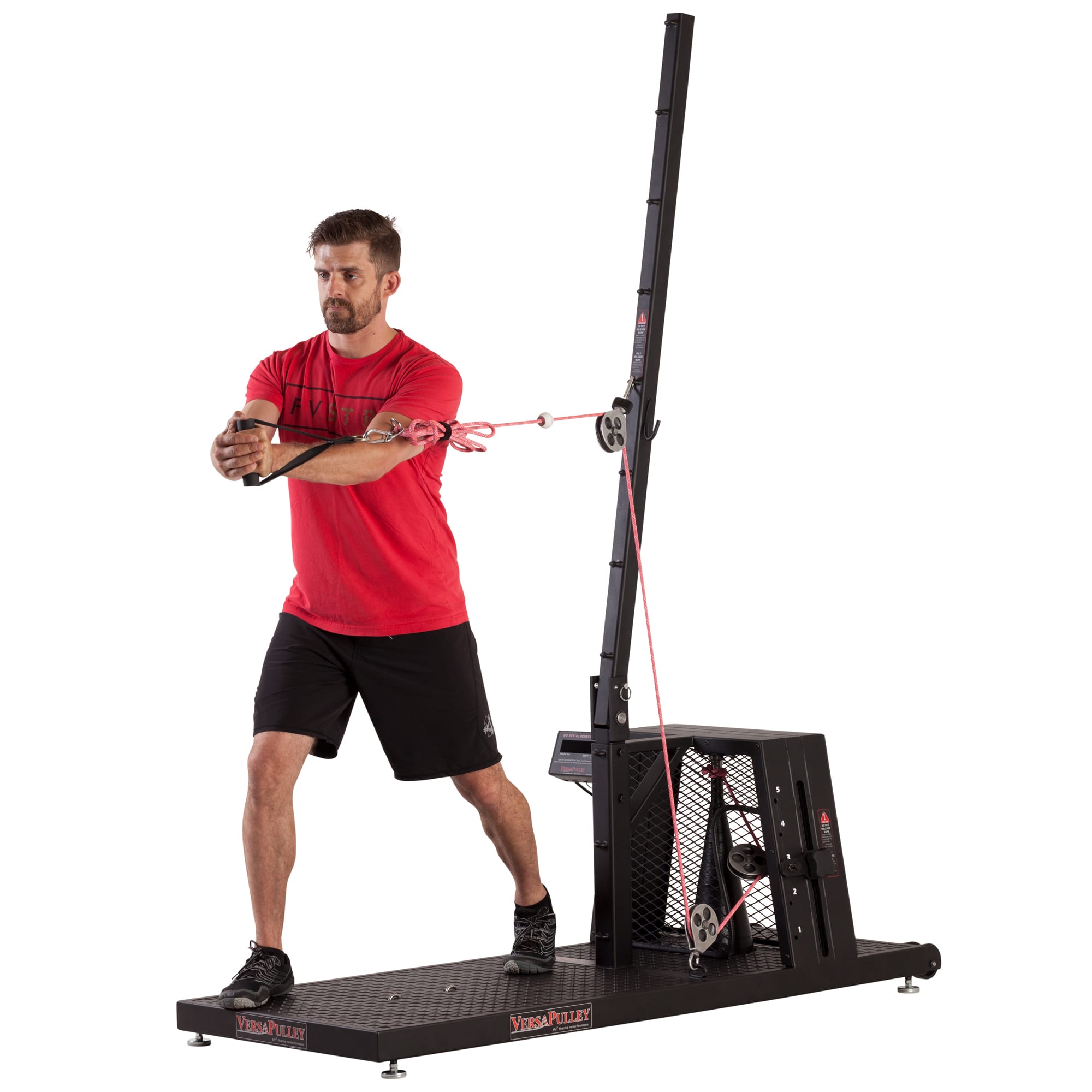

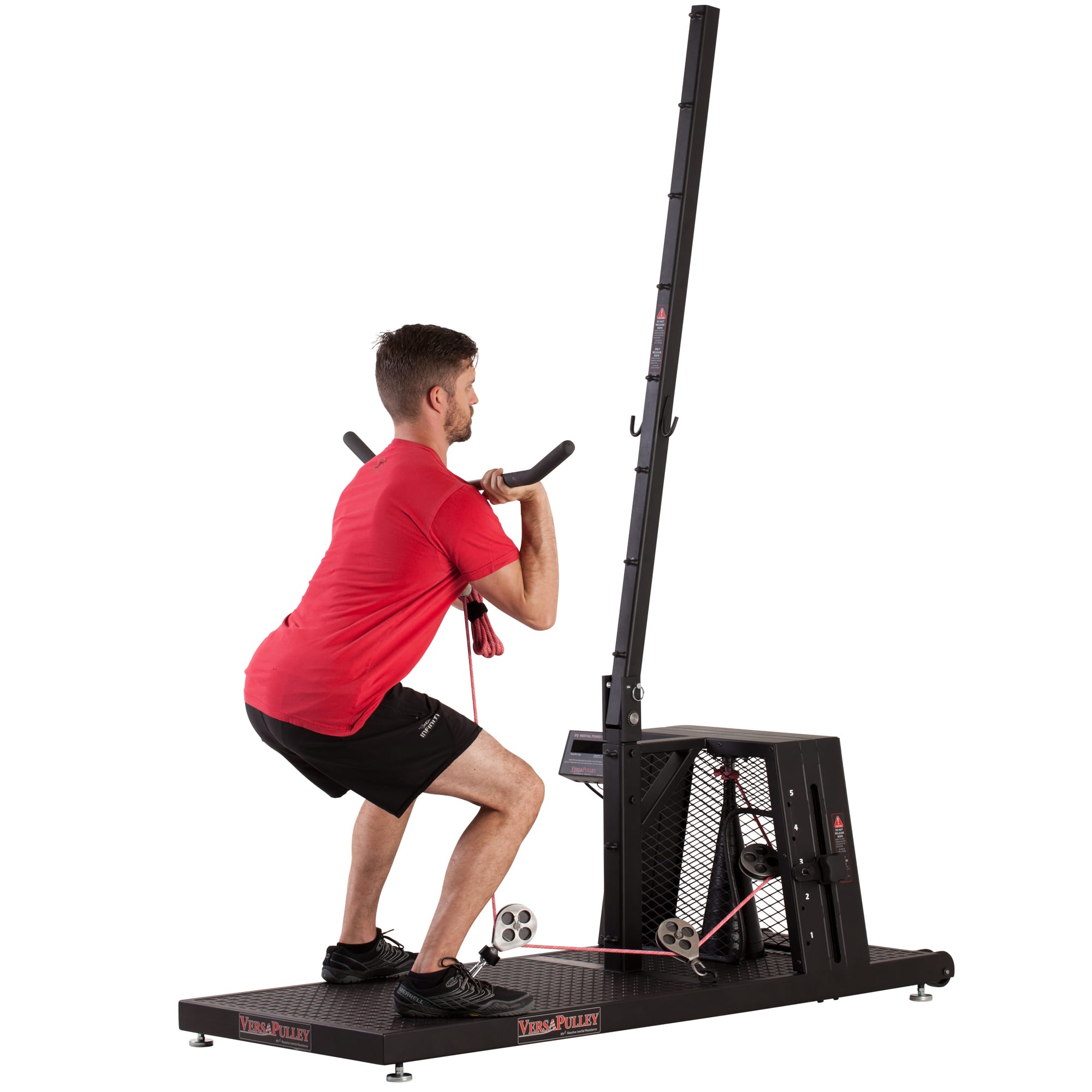

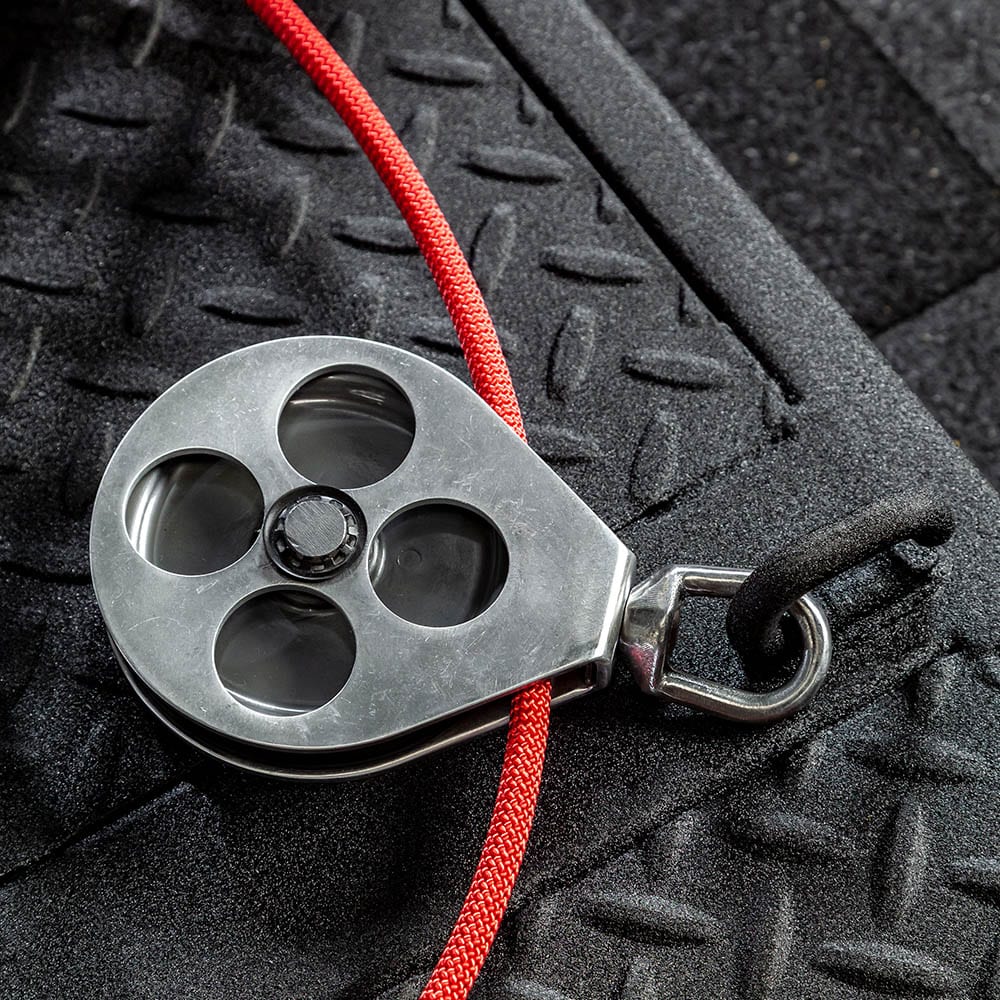
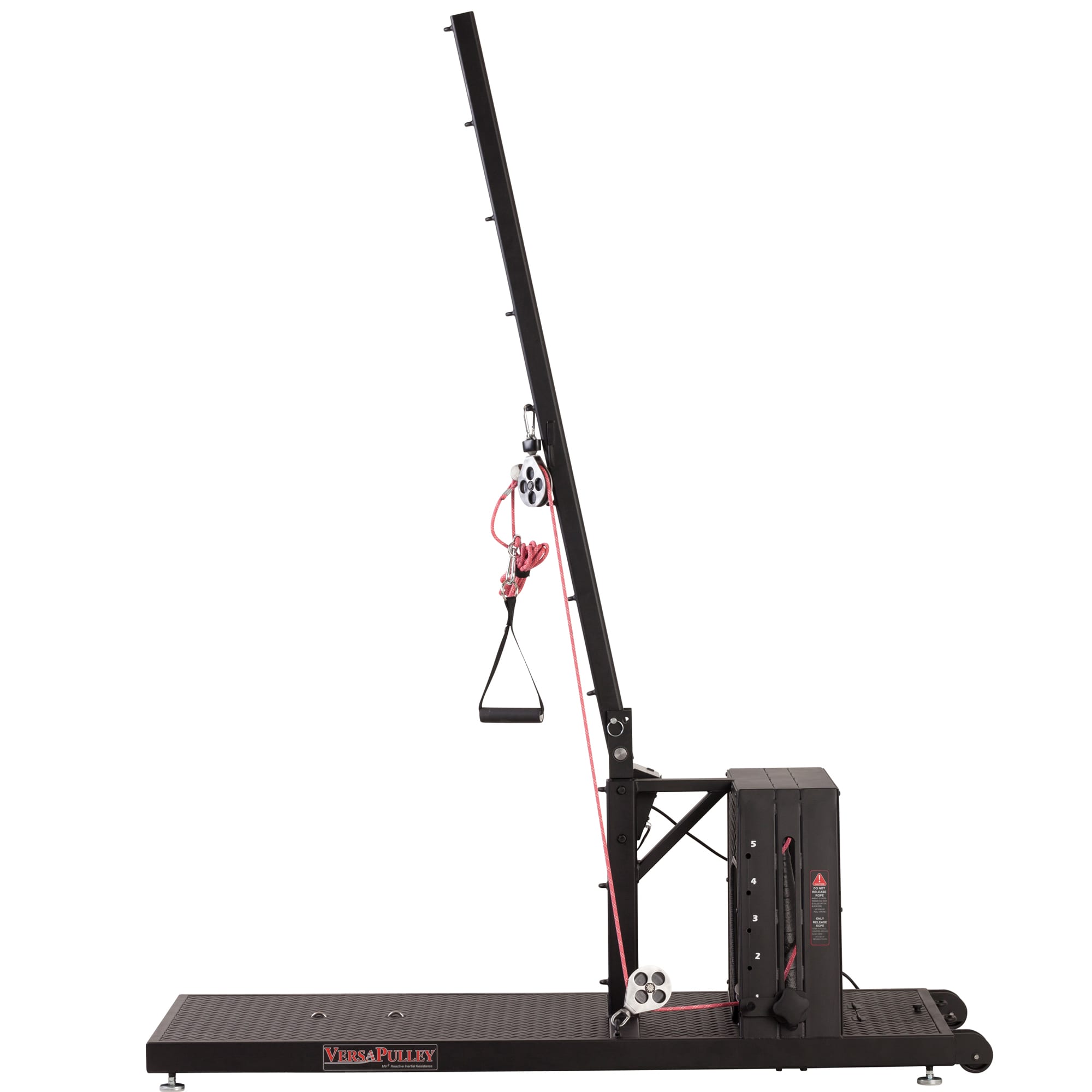

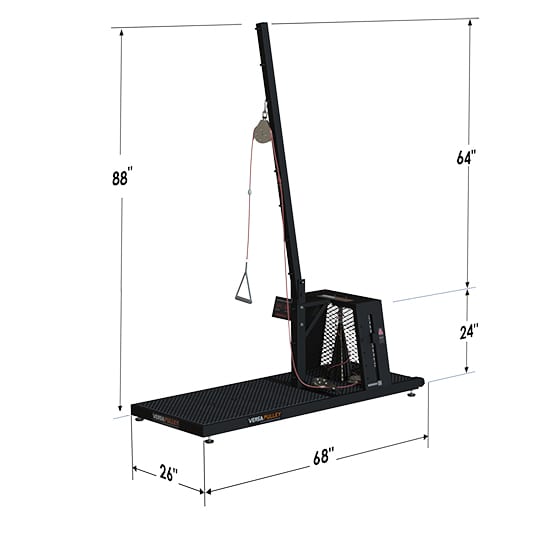
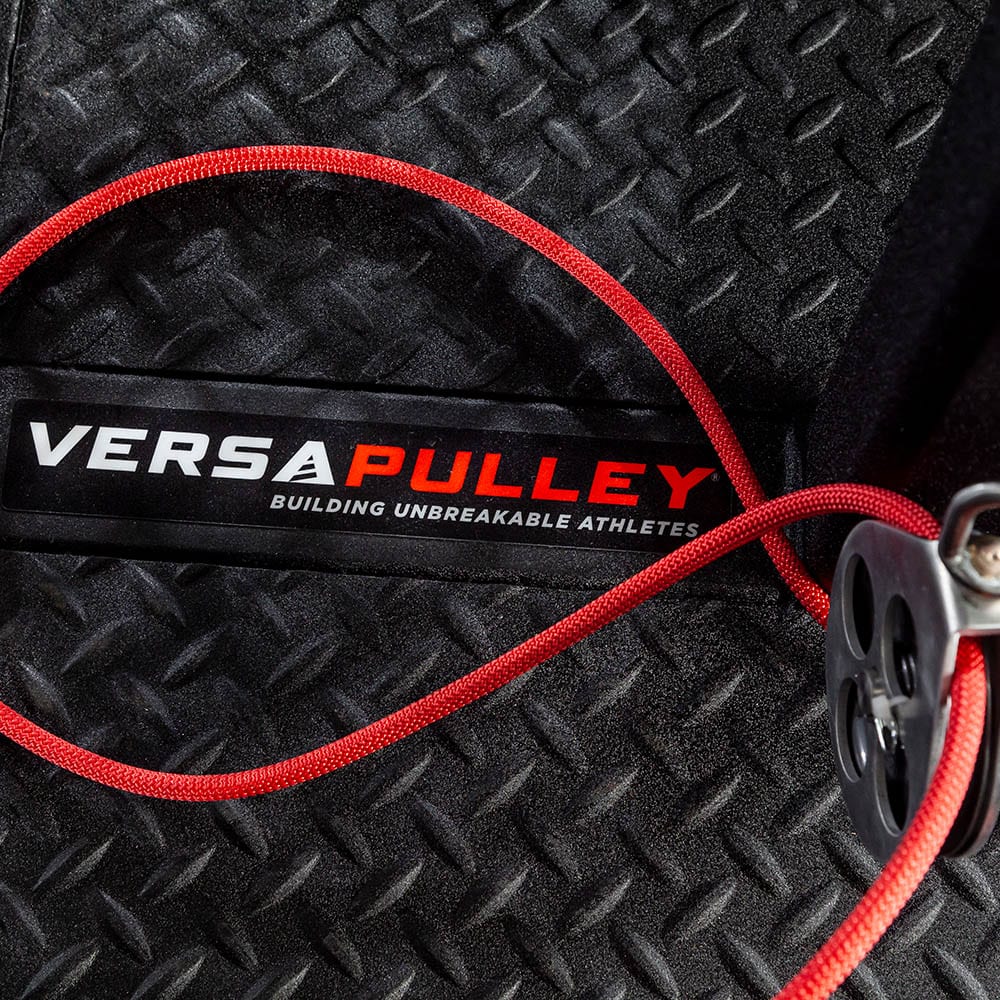
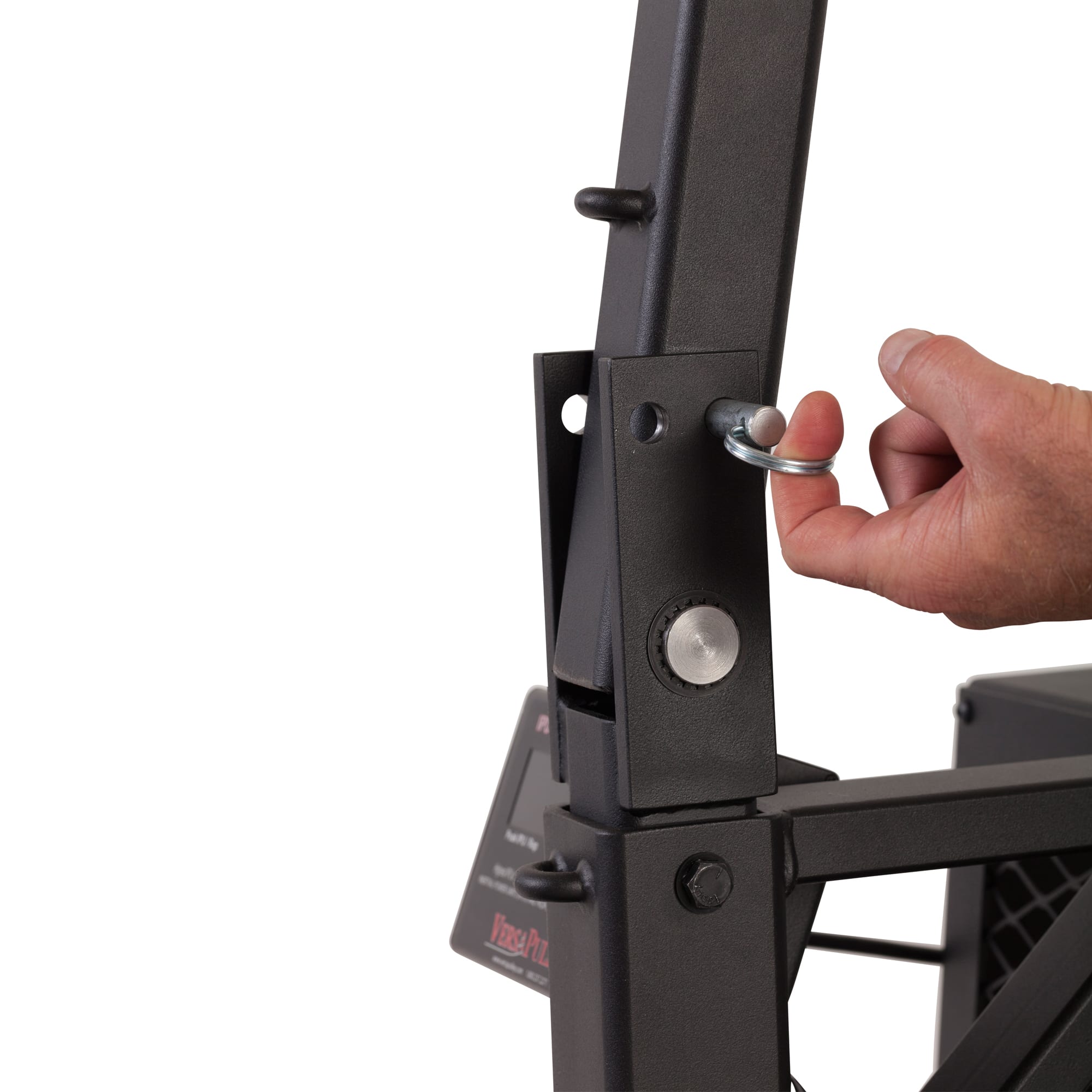
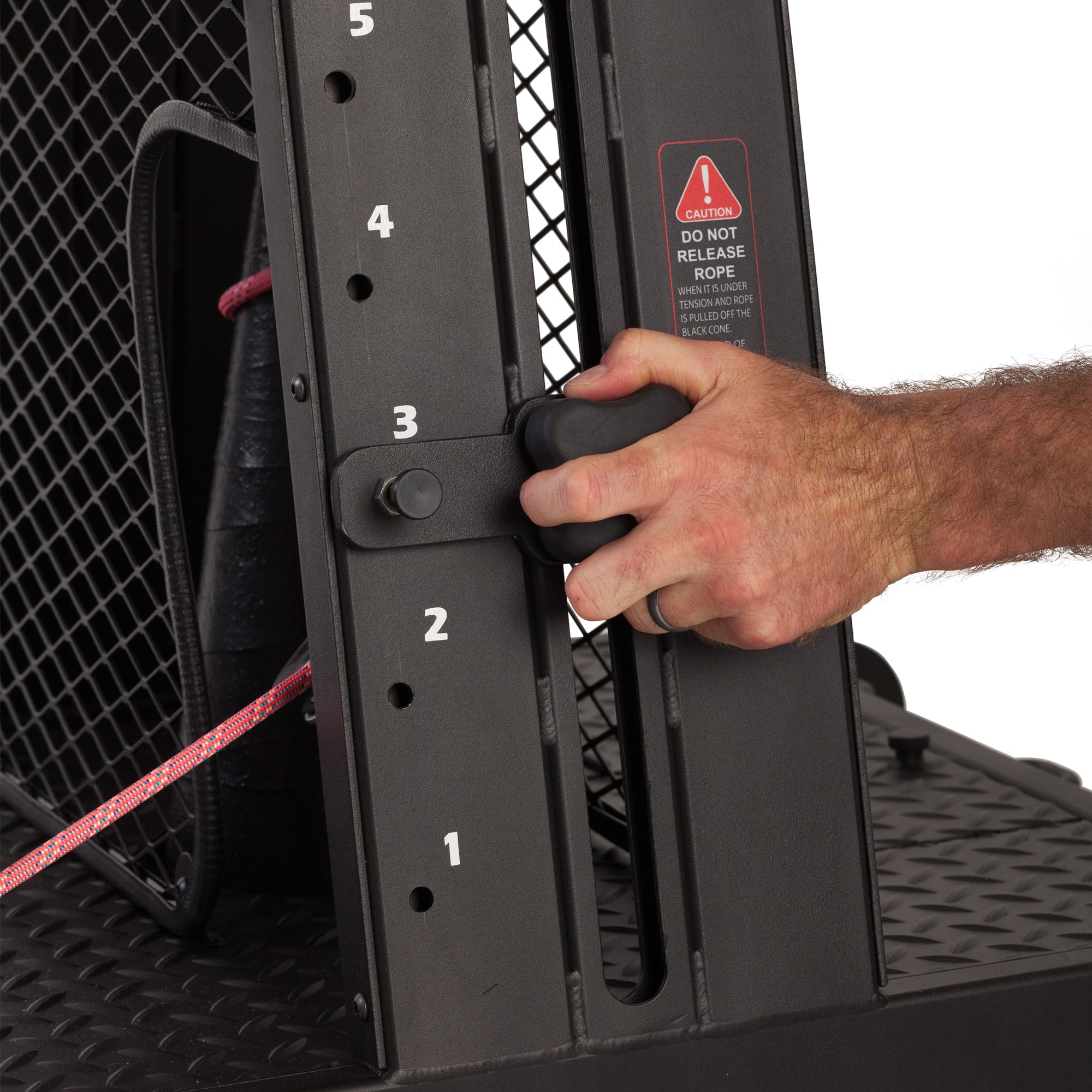
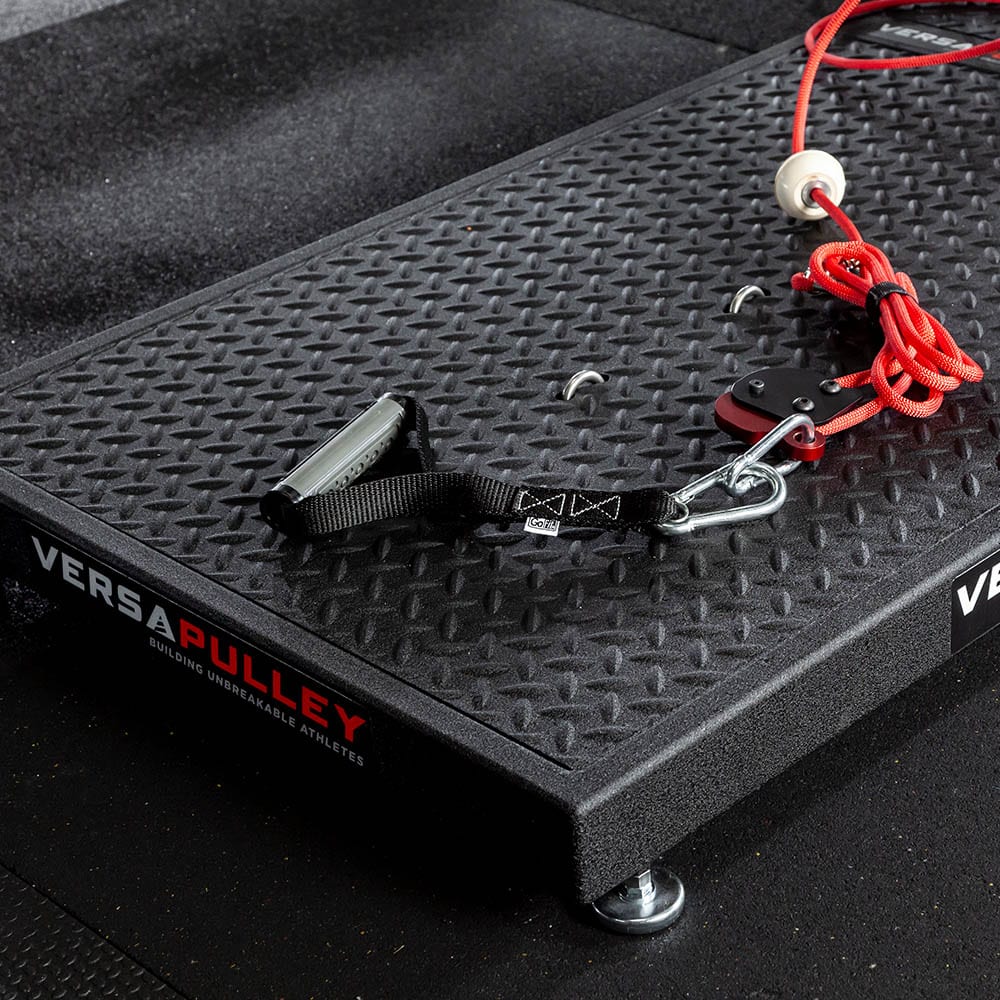


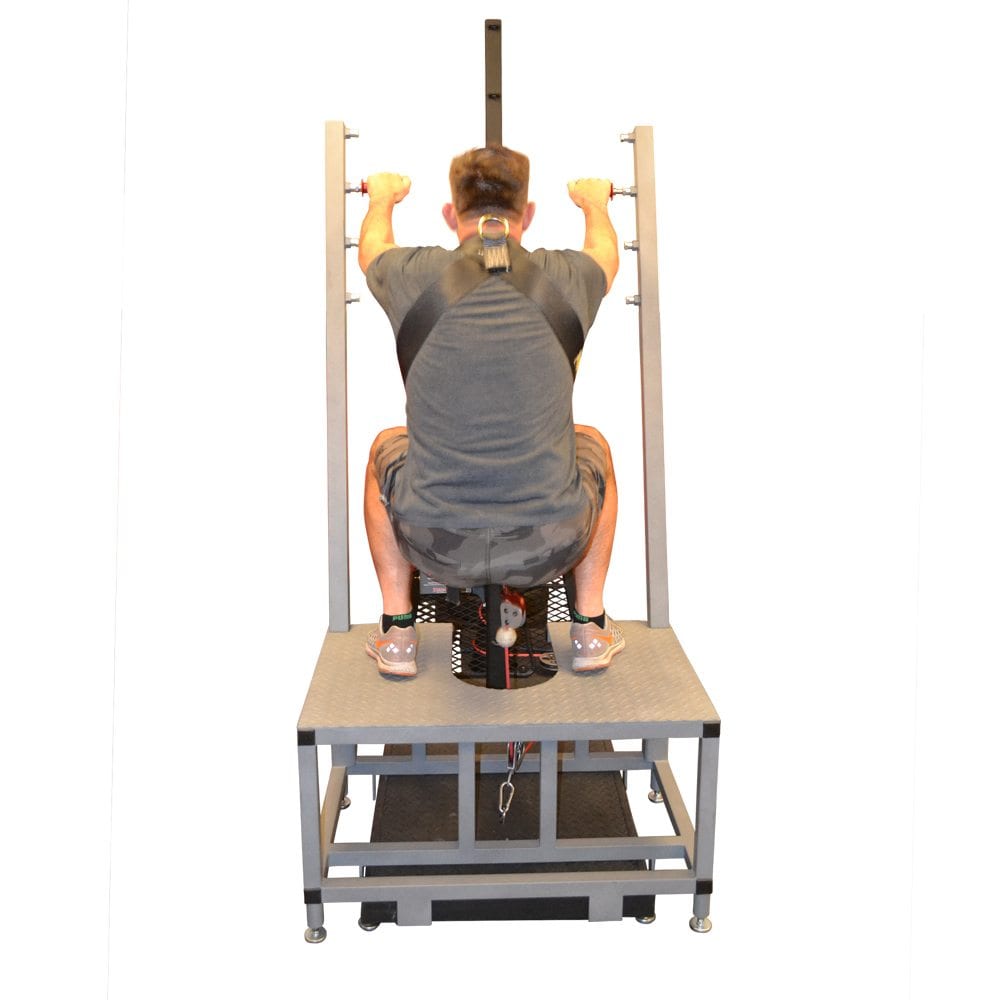
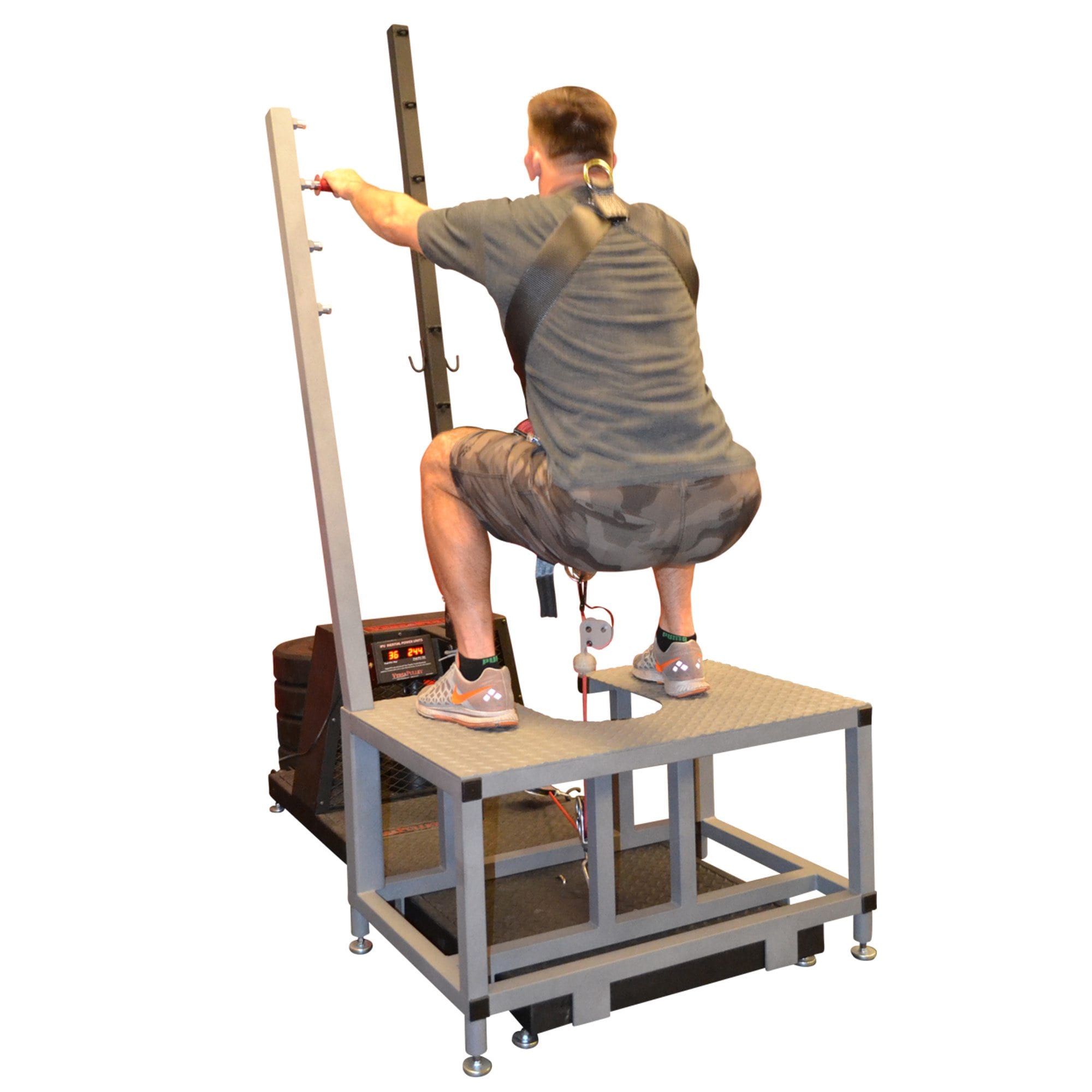
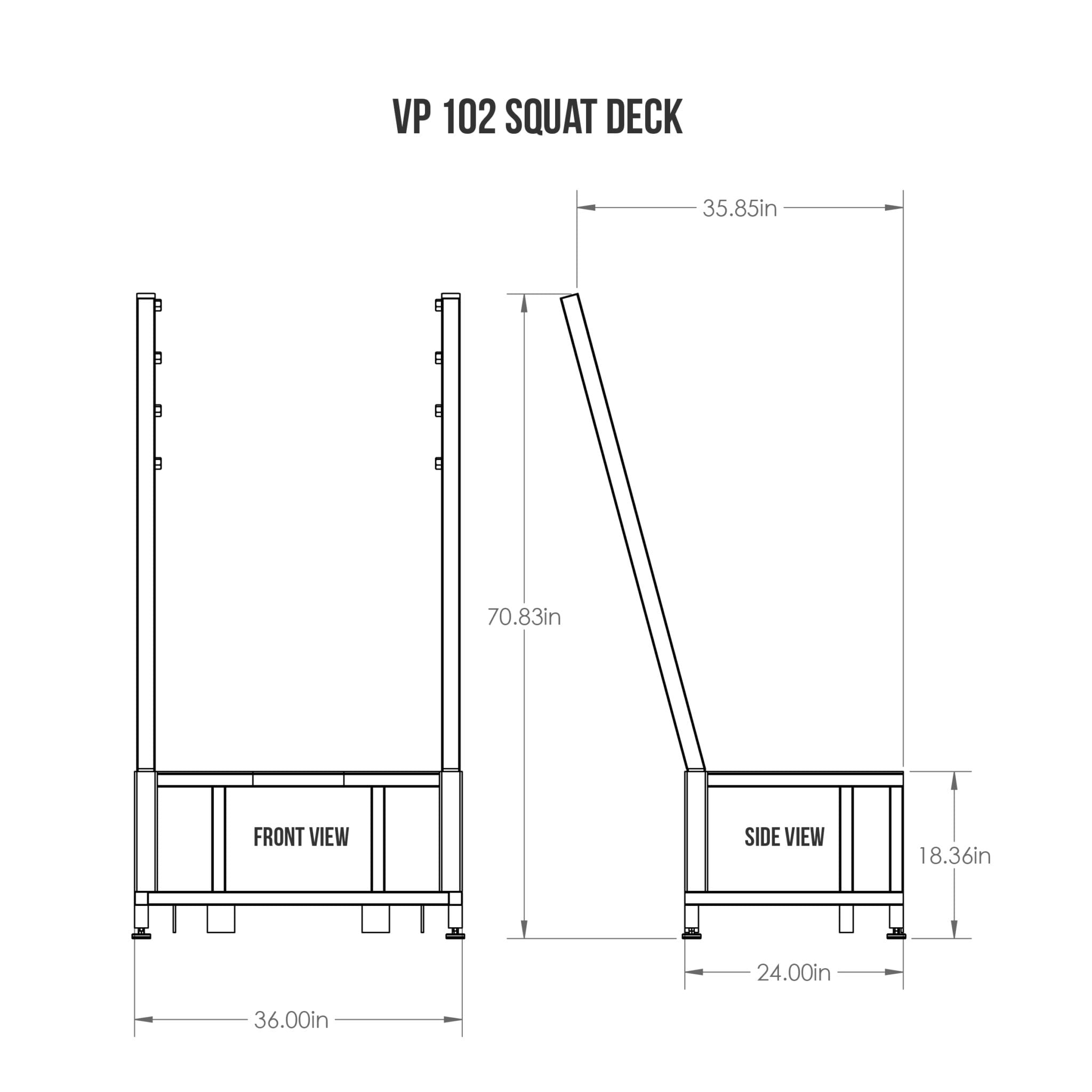


Reviews
There are no reviews yet.